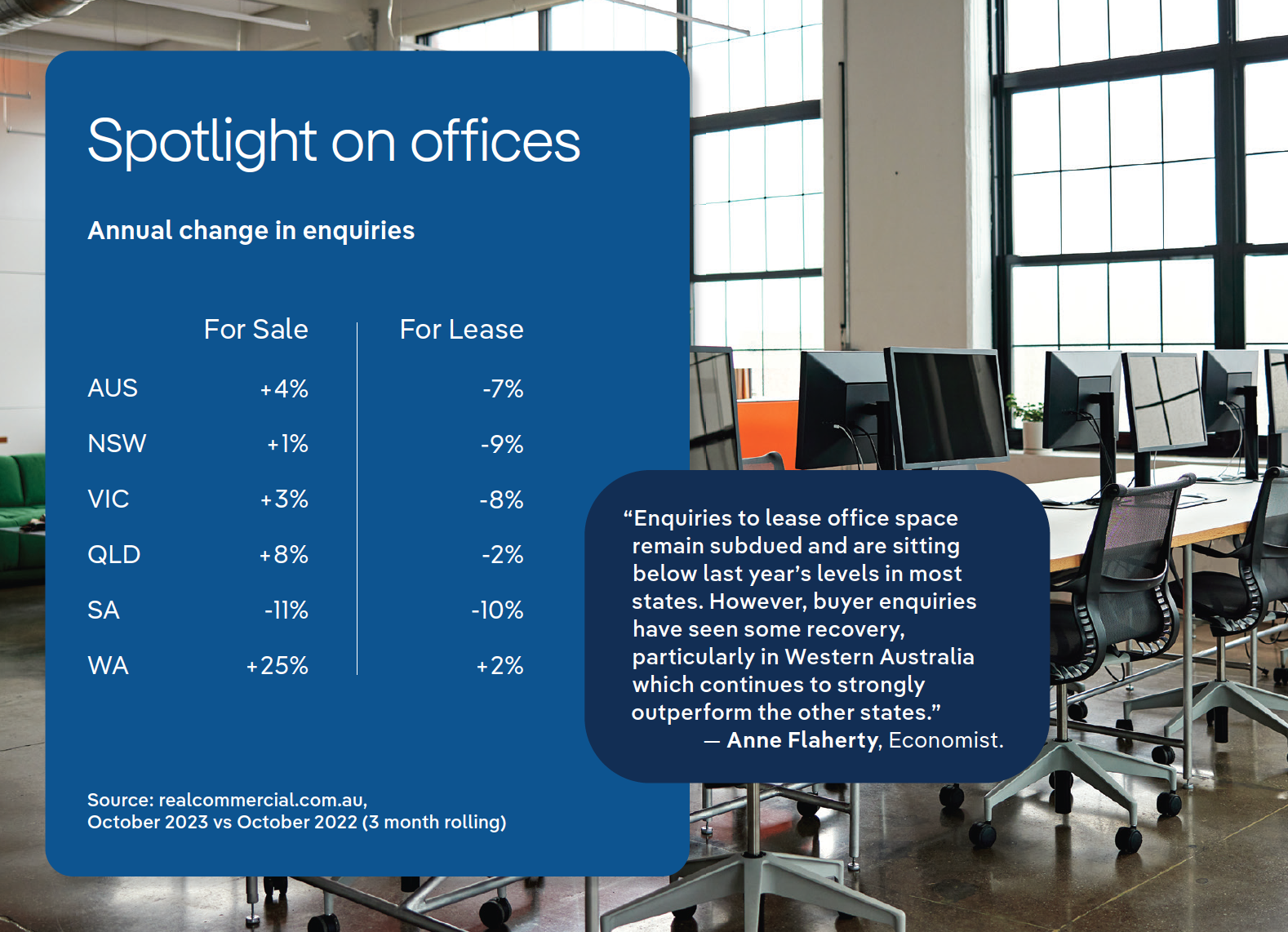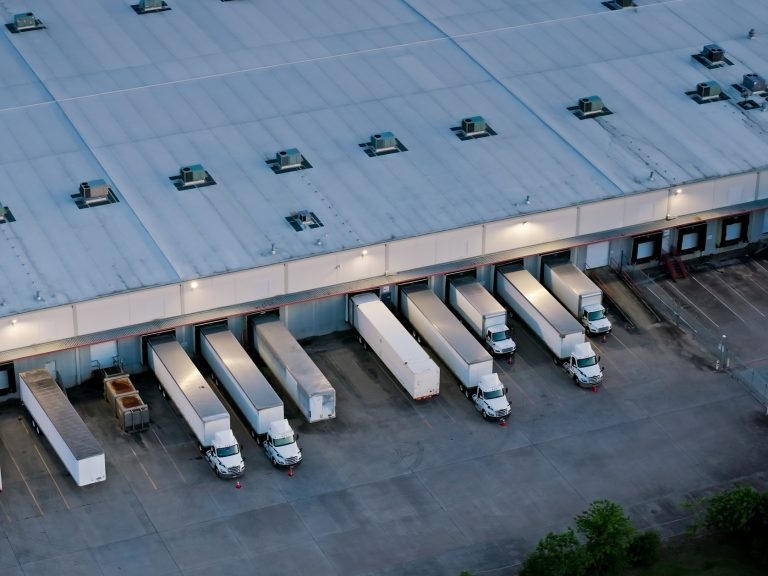Could secondary grade offices be a good bet for opportunistic investors?

Secondary grade offices have been among the worst performing assets over the past three years. During this time, we’ve seen the greatest working from home experiment ever conducted coincide with above average levels of new office supply.
Many of Australia’s largest office occupiers have since slashed their footprints, with Property Council research showing vacancy across Australia’s combined CBD office markets increased from 8% at the start of 2020 to 12% as of July this year.
But what has been a challenging time for office landlords has proved a boon for many tenants. Reduced space requirements, lower market rents, and a growing desire to inhabit buildings with strong green credentials have led many occupiers to take advantage of more favourable conditions and move to higher quality spaces.
This flight to quality has resulted in a divergence in the performance of prime versus secondary grade offices. Net take-up of prime grade office space totalled 182,000 square metres over the 2022-23 financial year across Australia, according to JLL Research. Secondary grade office, in contrast, saw negative net take-up of 41,000 square metres over the same period.
This is being reflected in rents. In order to retain or attract tenants, owners of secondary grade offices have had to offer higher incentives, and the gap between prime and secondary effective rents has widened.
Nowhere has the disparity in the performance of prime versus secondary grade offices been greater than in Melbourne. Melbourne has seen more new office space developed than any other capital city post-COVID while, at the same time, has continued to see the lowest occupancy rates in the country.

Secondary grade offices have been among the worst performing assets over the past three years. Picture: Getty
Secondary grade yields in Melbourne softened more than any other CBD market between March 2020 and June 2023, rising by 94 basis points according to CBRE Research. Prime yields in Melbourne, by contrast, increased by 49 basis points over this time.
The upshot of these conditions, combined with the current higher interest rate environment, is that many secondary grade office assets have seen significant write downs in their valuations. At the same time, construction costs have surged since mid-2020, with the result that some secondary grade assets are now trading at or below the cost of replacement.
Despite hybrid working now being the norm for many workers, it is clear businesses haven’t given up on their offices. While office space-to-employee ratios have fallen significantly post-COVID, this is not a new trend.

The average amount of space a business occupies per employee has been trending down for decades as the way we work has evolved. From the days of private offices to cubicles and activity-based working, companies have consistently been reducing their per worker footprints.
While the sector has had a severe shake up in recent years, forecast growth in white collar employment and a slowdown in the delivery of new office supply will help to support net take-up over the coming years.
White collar employment is a key driver of office demand and will be supported by high levels of migration which will contribute to an increased need for services. In their August forecasts, Deloitte Access Economics predicted white collar employment would increase by 1.8%, or 91,400 workers, over the 2023-24 financial year.
For investors in a position to weather periods of vacancy, or who are looking for value-add investments, secondary grade offices present an opportunity.
Just because an asset is underperforming today, doesn’t mean there isn’t potential for considerable upside and, in the case of secondary grade offices, this could well be the case.







